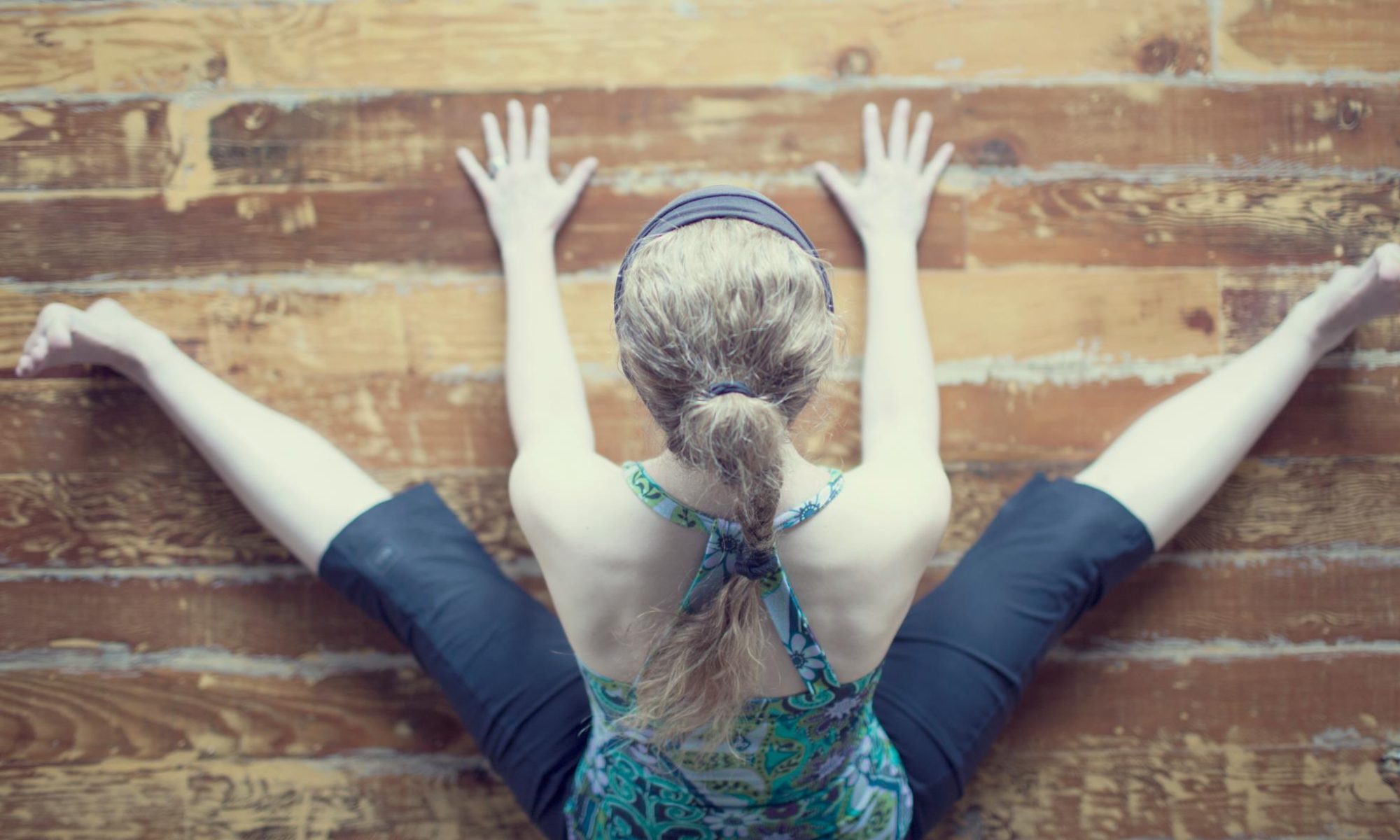
There is a Sufi story I have shared in class several times over the years, its author unknown. It’s called Mullah Nasrin and the Dandelions, and it goes like this:
One day a man named Mullah Nasrin decided to take up gardening. He loved flowers and vegetables and he became an adept gardener. But when his garden became plagued with dandelions, Mullah became more and more upset. Finally he couldn’t take it anymore. He travelled to the palace of the king and consulted the king’s own personal gardener. The royal gardener gave Mullah instructions on how to get rid of the dandelions. Mullah returned home full of enthusiasm and followed the instructions perfectly. But still the dandelions returned. Really angry now, Mullah returned to the king’s palace and found the royal gardener. “You’re a fraud!” he hollered. “Your remedy was no better than the rest! What else can I do about these dandelions?” The royal gardener looked thoughtful and stroked his chin. Finally he said softly, “Mullah Nasrin, there’s only one thing to do. You must learn to love dandelions.“
In mindfulness practice, we are constant gardeners, tending the landscapes of mind, body and spirit. Yoga teaches us the merits of self-study, Svadhyaya, deepening our awareness to reveal the nature of our true Self. When we take the time to observe things like physical, mental and emotional patterns in daily life, we might notice habits, biases, judgments, or assumptions that are shaped by past experience but no longer reflect who we are in this moment. Once we become aware of these old patterns that no longer serve us, we can choose to release them – to pull these weeds from our garden and make space for new plants to flourish.
Neuropsychologist and meditation teacher Rick Hanson speaks often of our ability to change the way our minds work by attending to our thoughts and experiences (check out his fascinating book, Buddha’s Brain: The Practical Neuroscience of Happiness, Love & Wisdom). As human beings, we have a negativity bias that is built into us as a survival mechanism. We learn from our past experiences, and those that caused us physical or emotional harm influence the way we perceive and respond to similar situations in the future. To balance this negativity bias and give positivity a chance to take root, Dr. Hanson advises us to take the time to fully embrace positive experiences, allowing them to be absorbed into our awareness to create a lasting effect over time. In an excellent TEDx talk several years ago, he offered a simple exercise to illustrate this practice: recall a positive experience (e.g., the love of a friend/partner/child/pet), sit with that experience for a short time to enhance its effects (e.g., the warm glow you feel inside as you think about the person), and let those effects be absorbed by the mind and body. The more we allow ourselves to fully experience positive thoughts and emotions, the less room there is in our mental chatter for negativity and distress.
Now, what about Mullah Nasrin and his dandelions? Dr. Hanson might say that Mullah could call upon the warm glow he feels when he looks at his beautiful garden and try to associate that same warm feeling with the dandelions. When negativity arises, this technique does not ask us to push it away or deny it; rather, we infuse the negative with positive, we use the positive experience as an antidote to help release us from the suffering caused by the negative one. This could be an effective tool for addressing difficult or traumatic experiences from the past that are creating unhealthy or unhelpful patterns in our thoughts and actions today.
On the other hand, yoga has another teaching that Mullah Nasrin might find helpful: Santosha. Through the practice of Santosha we find contentment and acceptance, embracing whatever arises in our experience. Struggling against the reality of our experience can only lead to suffering – so instead let’s swim with the tide, let’s welcome each moment, each thought, each emotion and sensation as if we had invited it. Open your heart and your mind. Be curious. Explore. Take the time to notice the blessings and simple pleasures in your life and let the joy they bring you fill your vessel to overflowing. Maybe the joy will displace some deeply rooted weeds in your garden, making space for beautiful new flowers to grow. Or maybe, you’ll simply learn to love your dandelions.

